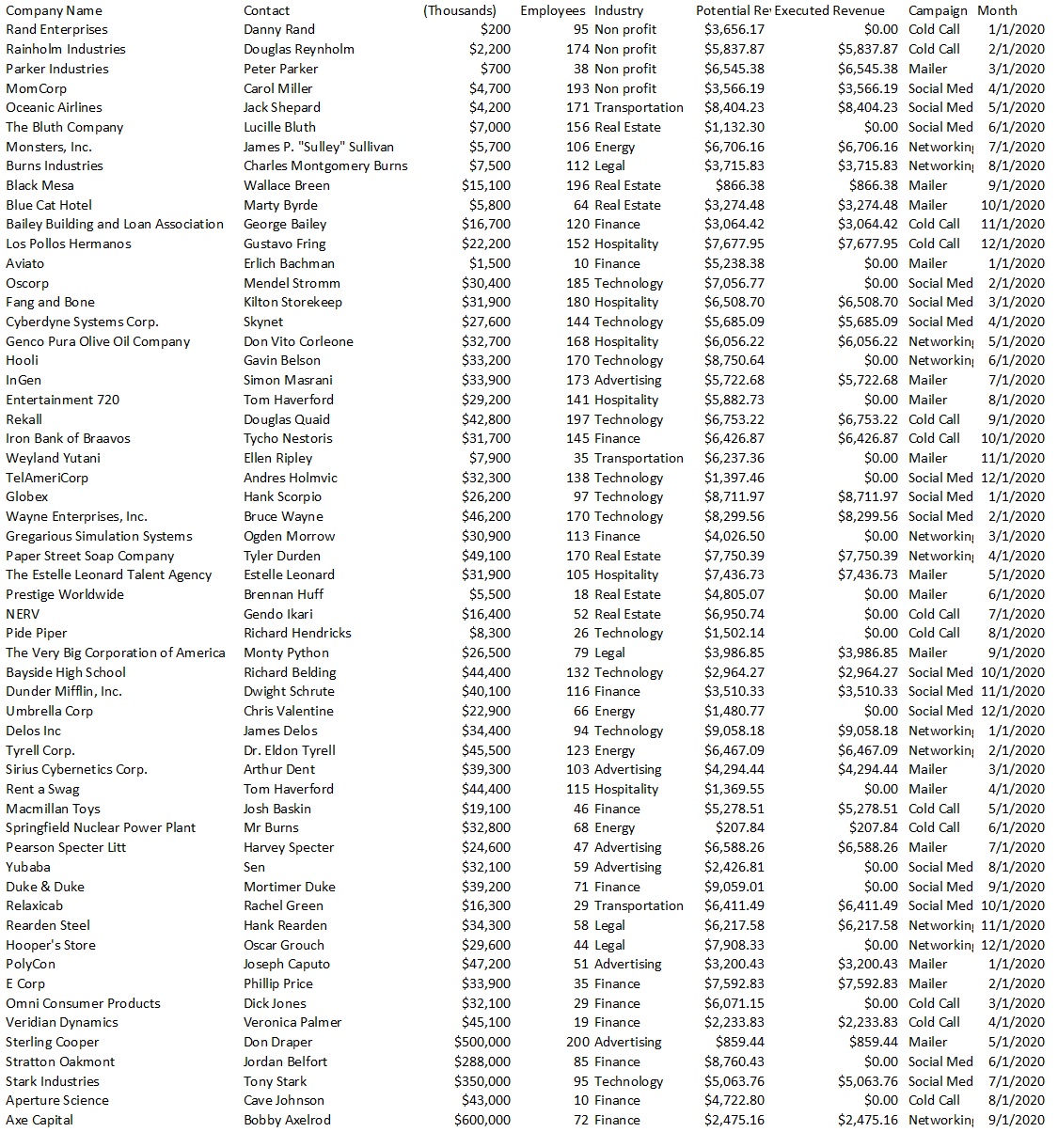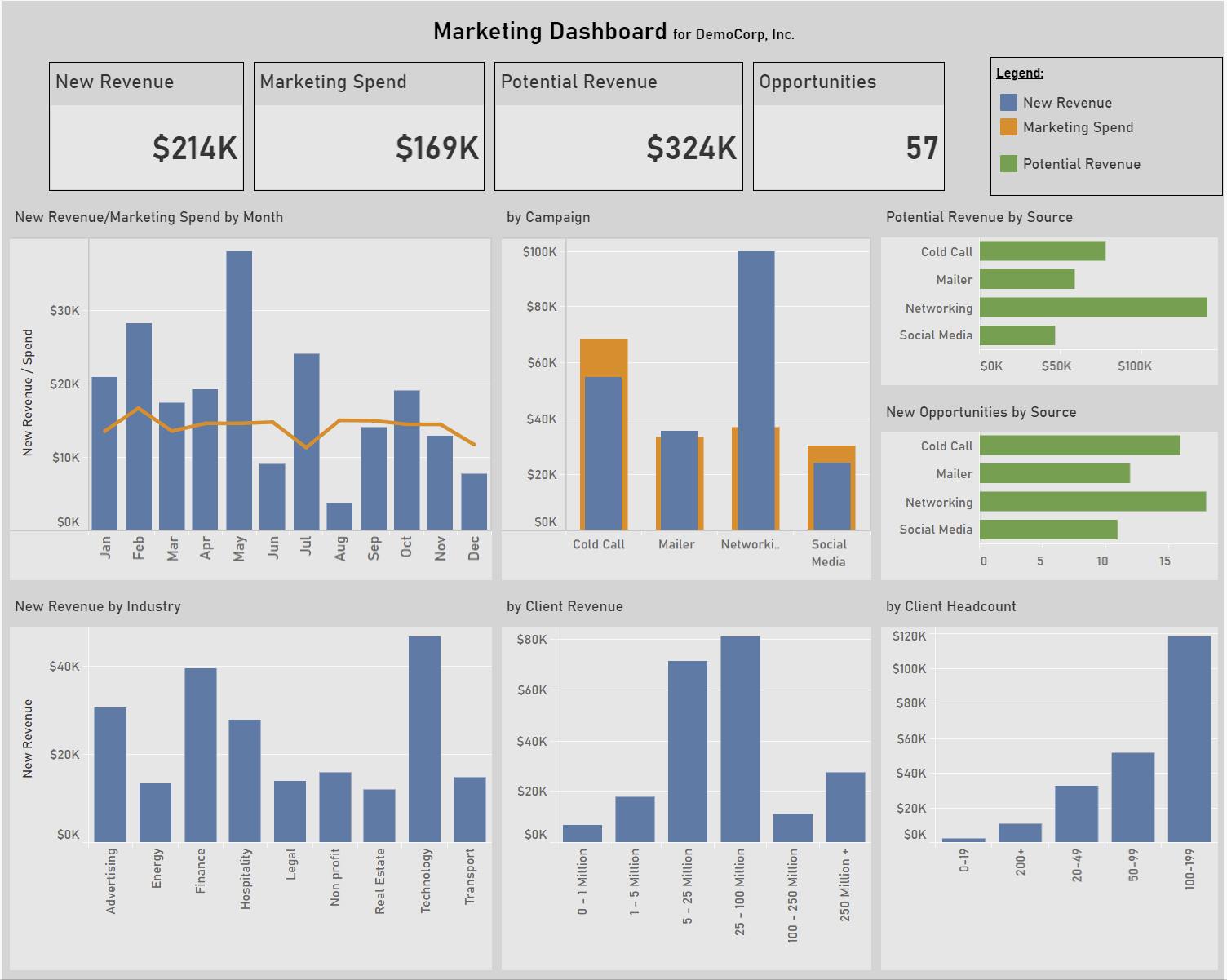Why Use Business Intelligence?
When it comes to assessing the efficiency of your business’s operations, there are often many different approaches. All line of business packages provide at least a basic level of reporting via PDF, CSV or Excel spreadsheet. And that’s fine … to a point.
Business Intelligence (BI) is a mechanism to provide key facts regarding the state of a business and helps turn tactical insights into strategic action. By leveraging interactivity and visual components a BI platform highlights the strengths, weaknesses, opportunities and threats facing an organization.
TLDR: BI solutions give you the tools and information needed to make better decisions.
Business Intelligence Strategy
Everyone has a Business Intelligence Strategy. In its simplest form it may be printing text reports on a periodic basis and marrying and/or comparing those reports to other related reports in order to guesstimate projections or discrepancies. We’ve all used information presented in such a manner and we all know that many key insights are hiding in the shadows, lost in the overwhelming mass of text dumped onto a single sheet of paper. In contrast, a strategy leveraging a “true” BI solution, such as Tableau or Microsoft’s PowerBI, is akin to turning the lights on in a dark room. Suddenly, the information obscured by the shadows is laid bare and the reality becomes much more clear. Rather than feeling your way around, you can now quickly and easily see what’s going on!
Benefits
Whereas a text-only report is fine for a “just the facts” type of information dump, a BI Tool provides much more:
- Visualization: What tools are at your disposal to convey the most important aspects of a text-based report to the executive team? Highlighting? Bold font? A block of text that needs to be manually written to accompany the report? A proper BI report leverages eye-catching visuals which inherently highlight key findings with a quick cursory glance.
- Interactivity: With the ability to click through various components of the dashboard, you are able to drill down and slice and dice your way through the data and discover all sorts of insights and findings that are simply too impractical with a static report.
- On-demand Access: Anyone in the organization can review the BI dashboards whenever needed and quickly grab the insights they require. New reports and dashboards can be quickly and easily created to suit the needs of each particular situation
Examples
Suppose you are a professional services firm looking to drum up new business. As with most companies, there are a finite amount of marketing dollars available to spend. Nineteenth century merchant John Wanamaker once famously said “Half the money I spend on advertising is wasted; the trouble is I don’t know which half.” Well, fast forward 100+ years and we can see that there has been tremendous progress on that front.
As you can see in the demo dashboard above, our sample marketing data includes many different components:
- Marketing dollars spent
- Revenue from new business
- Number of leads generated
- Potential new revenue
- Campaign type
- Target company industry
- Target company employee head count
- Target company revenue
This is an example of an “exploratory” dashboard which is useful because you “don’t know what you don’t know.” The ability to drill in and slice and dice various aspects of your data produces numerous opportunities for insights.
Now for comparison sake, look at the visual-centric report above versus the underlying data presented in a spreadsheet form below. I think you will agree that it is apparent one tactic is more readily able to present key findings.

Continue on to the next post in our series on BI
